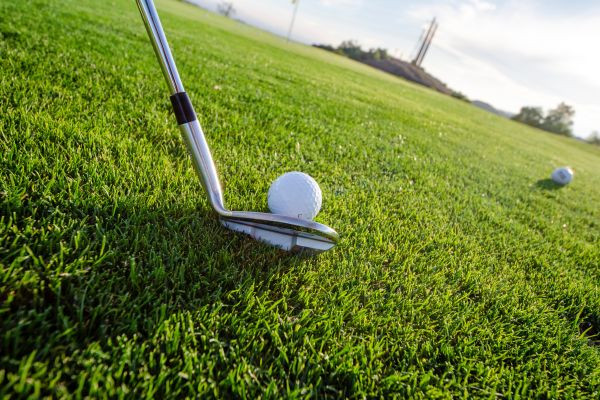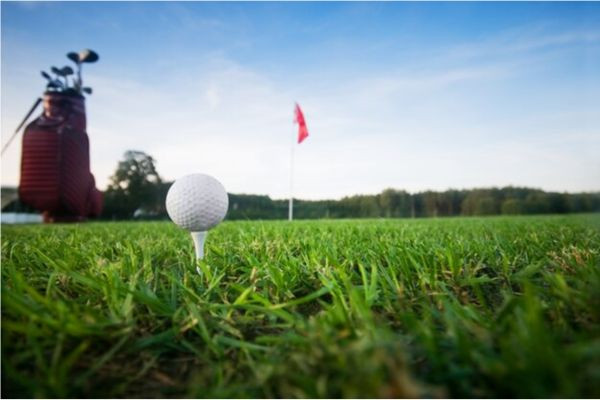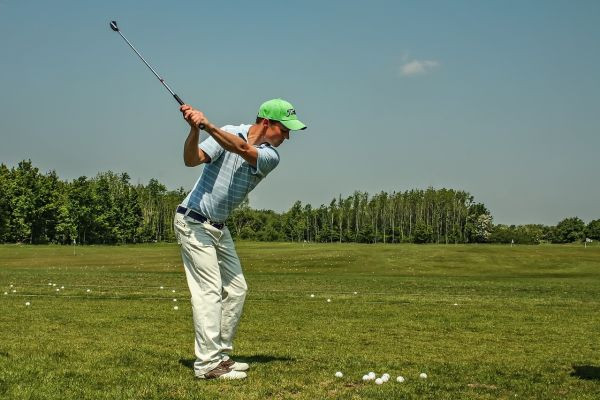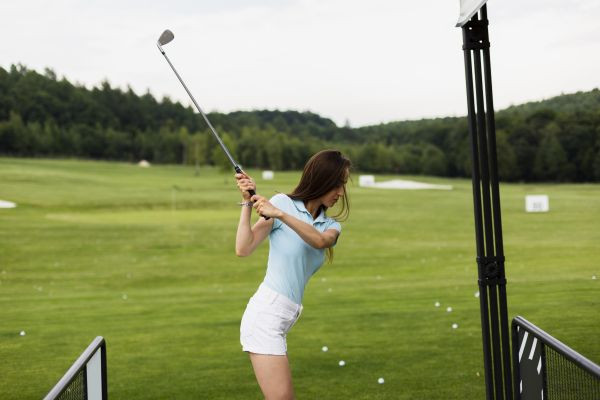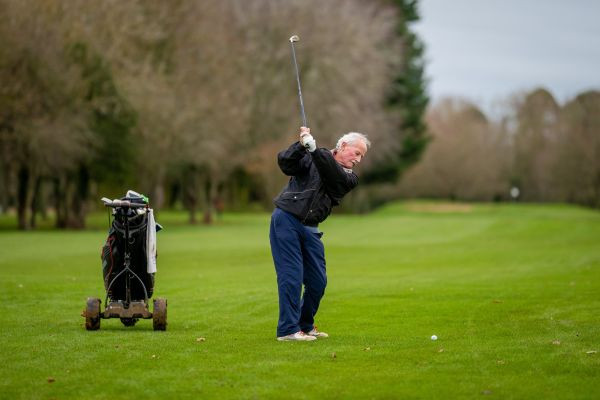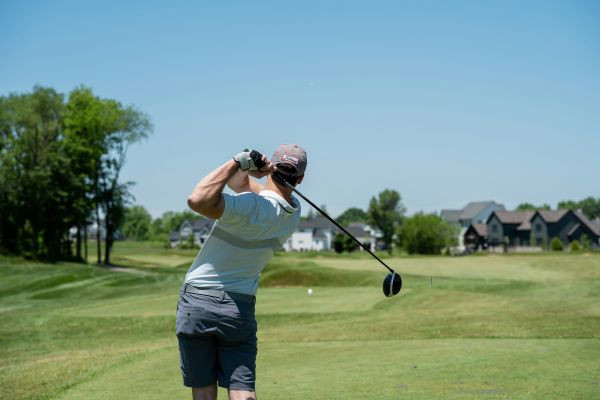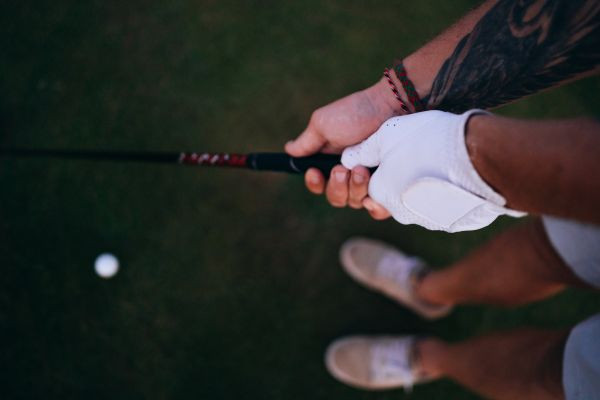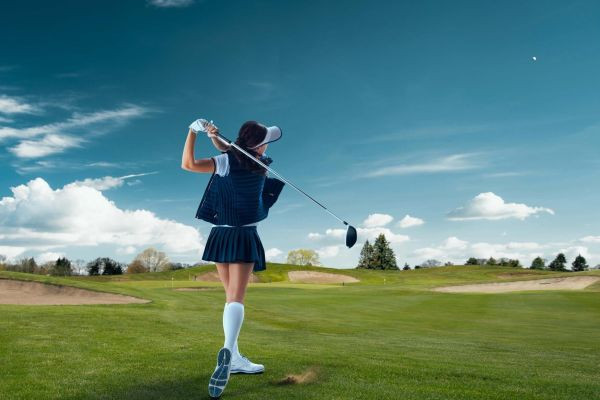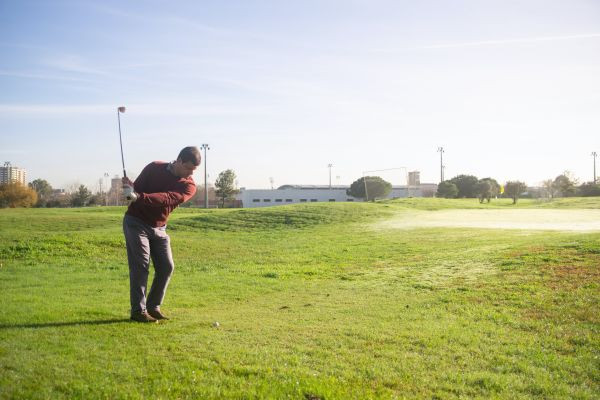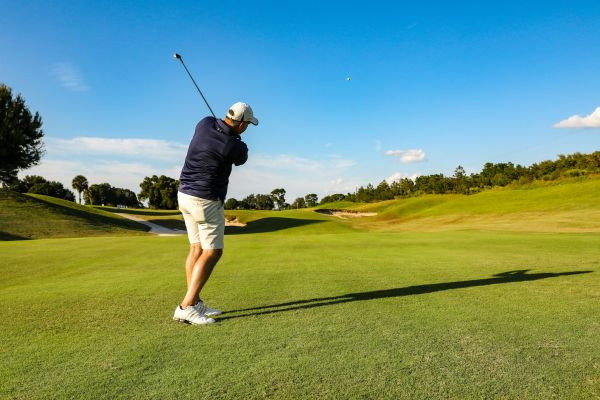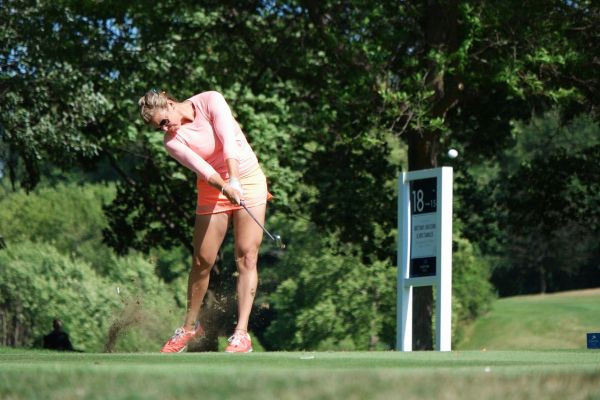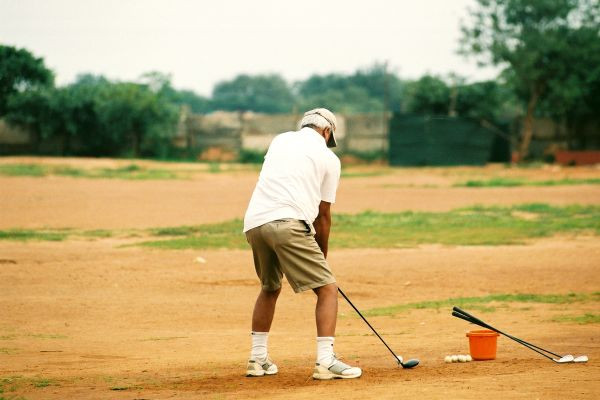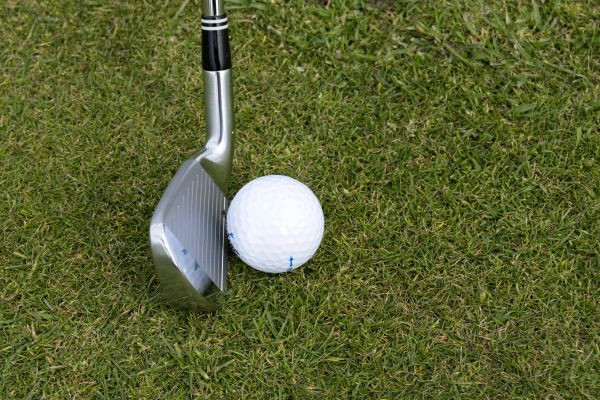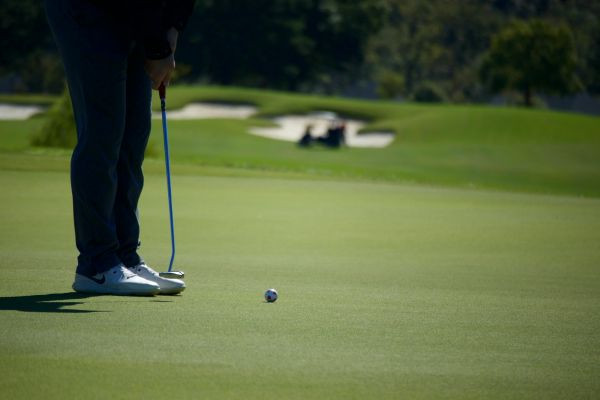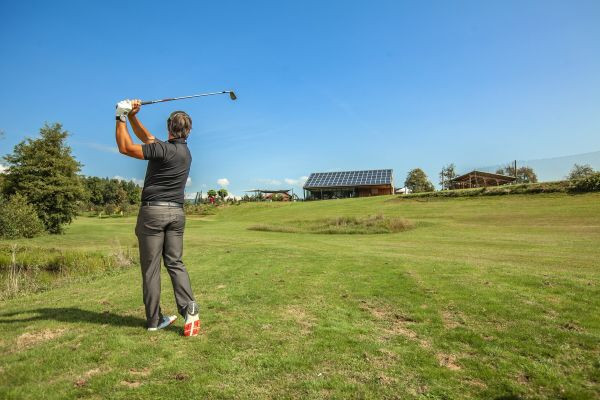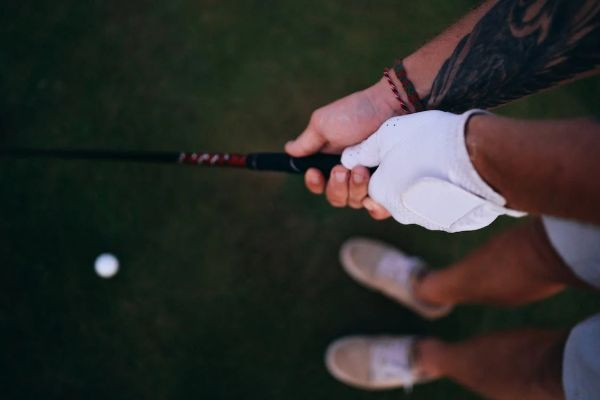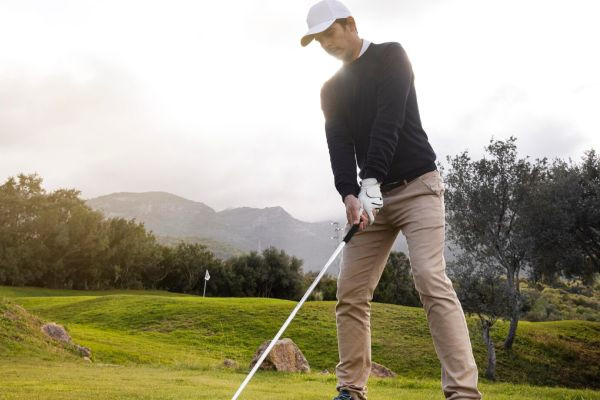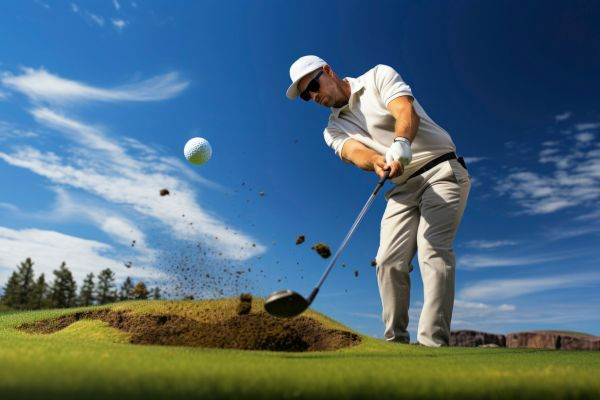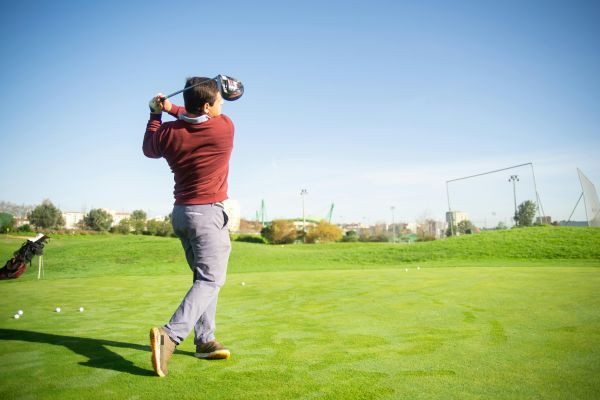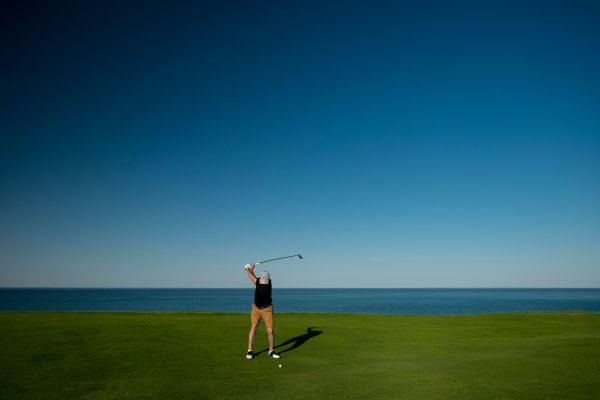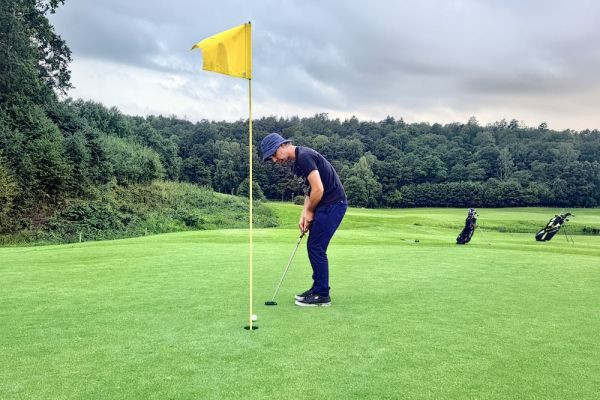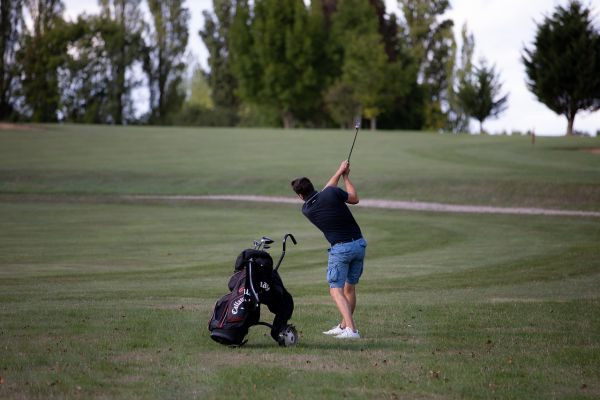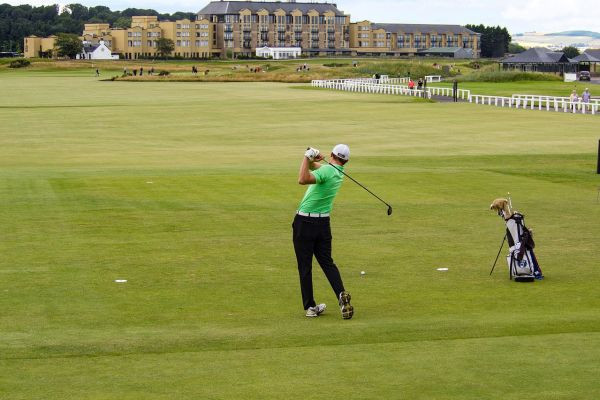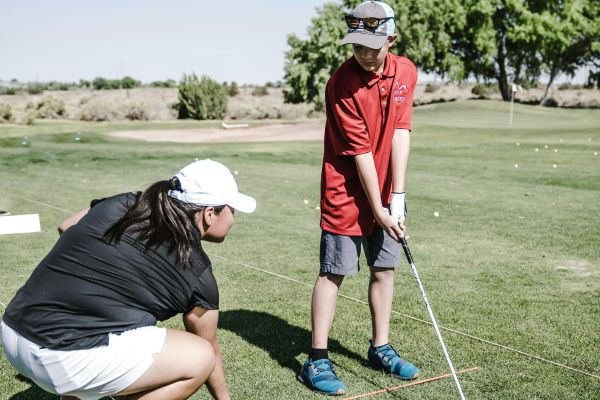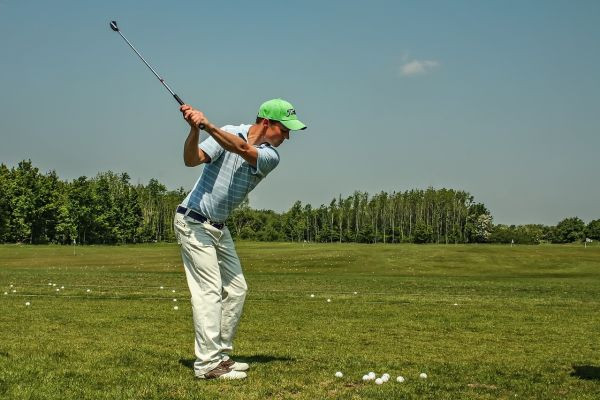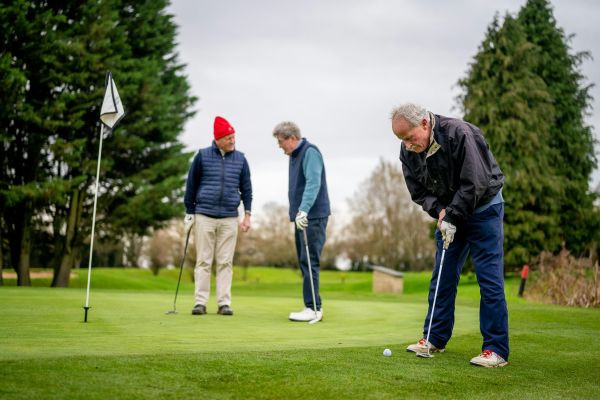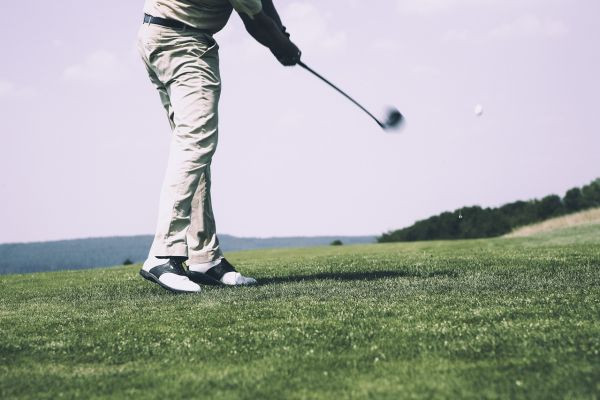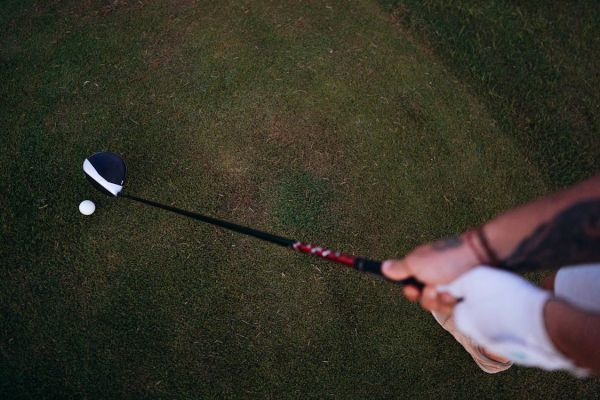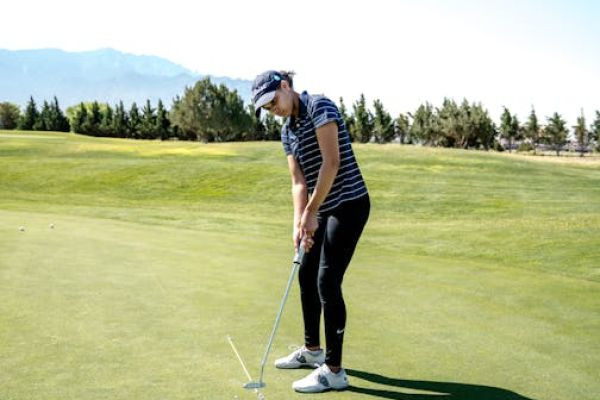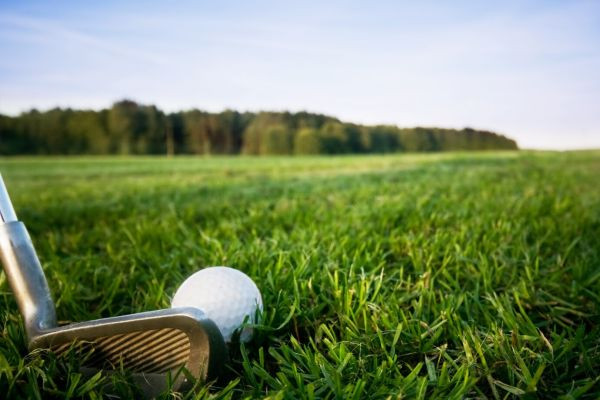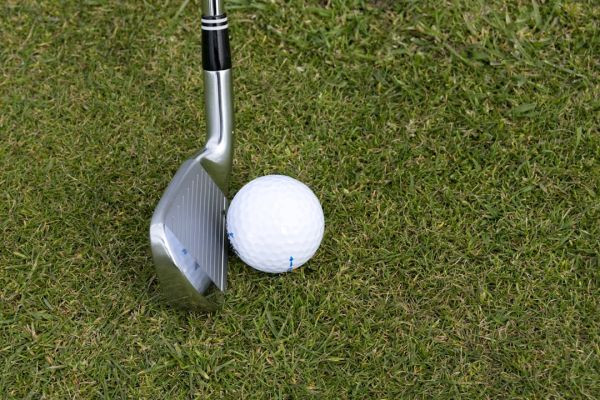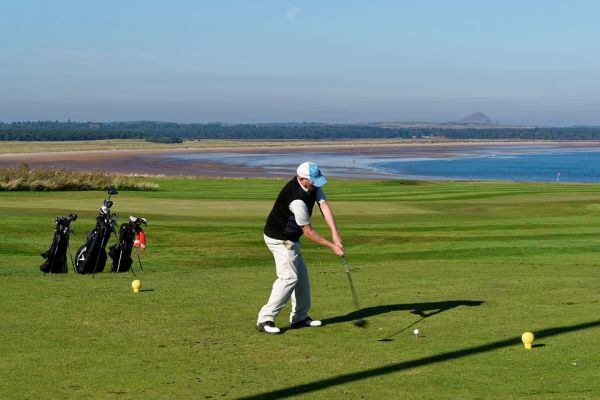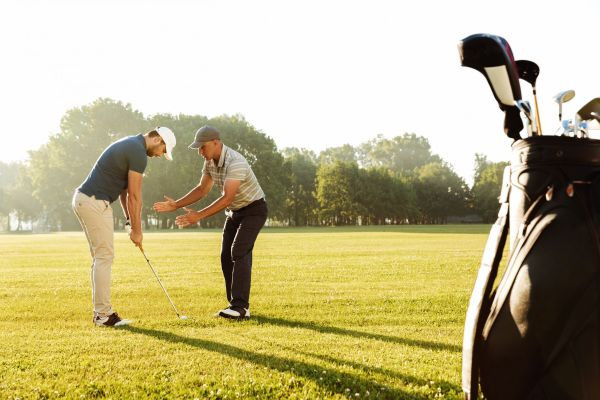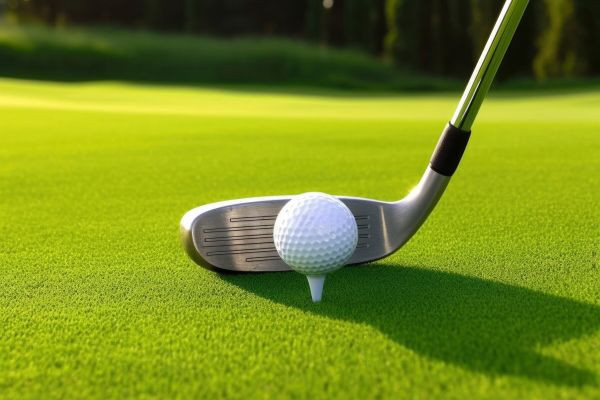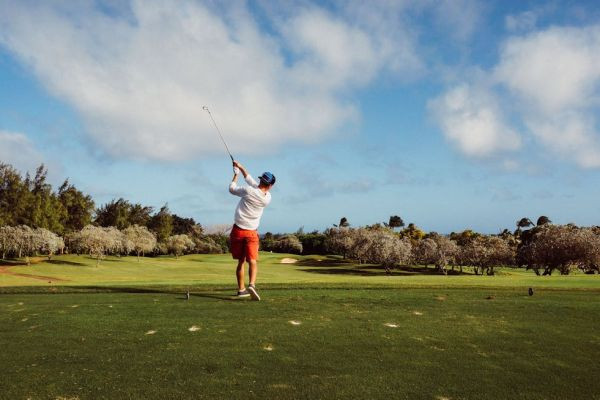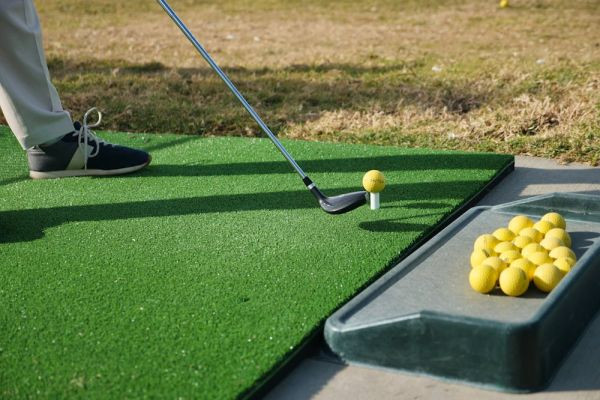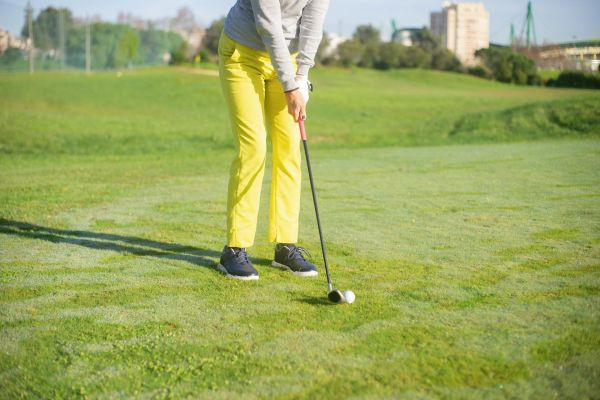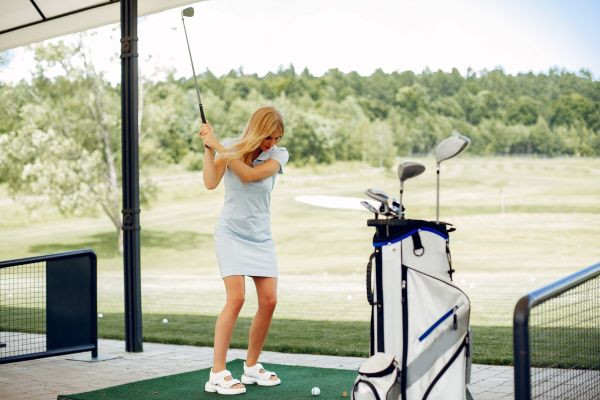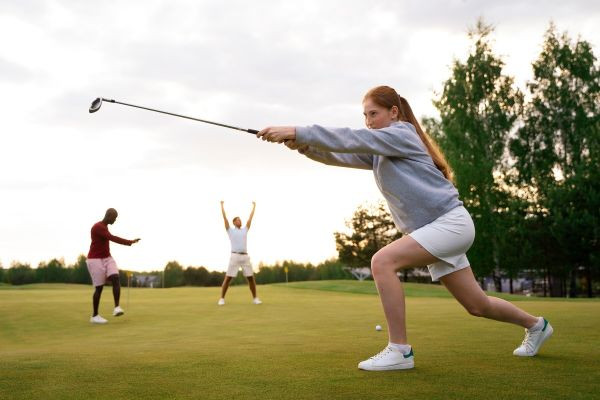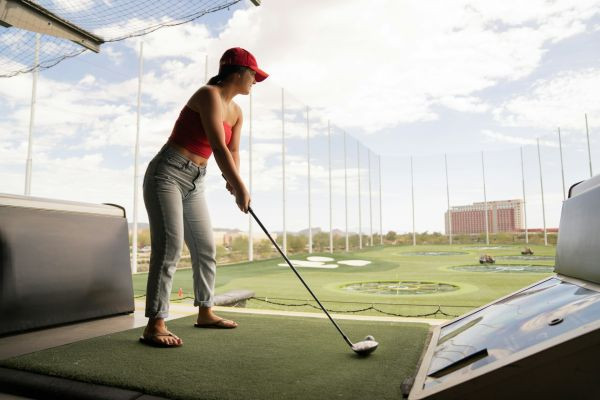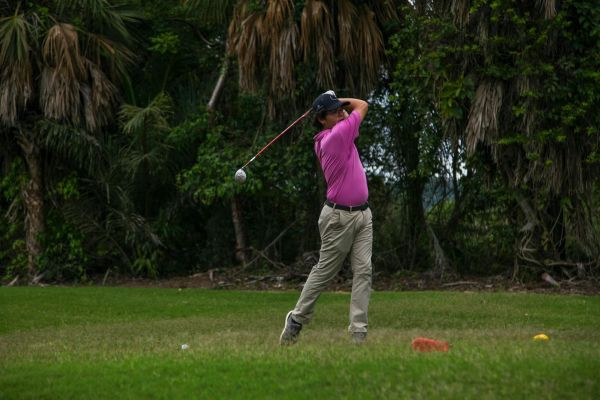Transform Your Golf Game with This Essential Right Wrist Technique
The game of golf requires a combination of finesse, strength and accuracy. To fully optimize your performance on the putting green, you need to figure out how to perfect your swing. One aspect of this..
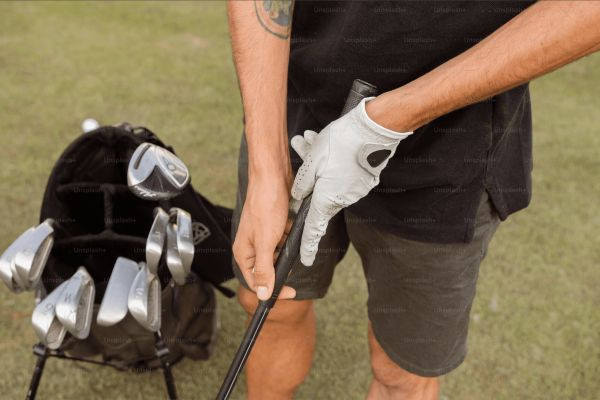
The game of golf requires a combination of finesse, strength and accuracy. To fully optimize your performance on the putting green, you need to figure out how to perfect your swing. One aspect of this complex motion, which can make a significant difference in your performance, is how you manipulate your right wrist. This article will dive into how altering this one small component can propel your golf game to new heights.
The Role of Right Wrist
Much more than an element of the golf swing, the right wrist is a key determinant of the power and precision of your shots. Its role as a hinge in the golf swing allows energy to build up and then be unleashed in a way that greatly influences the path and accuracy of the shot.
When operated correctly, this hinge can turn a regular swing into a powerful and precise stroke.
The Basics of Right Wrist Action
To realize the complete capability of your golf swing, it is crucial to comprehend the subtle behaviors of the right wrist. The motion of the wrist can be broken down into two principal behaviors: bending and straightening. The balance between the bending of the wrist towards the forearm or the wrist's extension and the straightening of the wrist away from the forearm, must be upheld and coordinated during the swing.
During the initial posture, aim for your right wrist to be in a neutral position. As you start the backswing, your wrist will automatically be in a slightly extended position, which helps create more leverage and, hence, more strength during the swing. Then, as you move into your downswing, your wrist must flex; that is, it should hinge or bend.
This bending and straightening movement—observe that straightening is technically referred to as extension. This interplay between extending and flexing is dynamic and crucial. The way you coordinate the flexing and unflexing of your wrist has a lot of authority over the clubface's position; when and where it will close or open to influence your shot's shape and direction.
Common Mistakes in Right Wrist Movement
The role of the wrist, in golf is often misunderstood or overlooked which can result in mistakes affecting a players performance:
- Excessive Extension: When the right wrist extended, also known as "cupping " during the backswing or at impact it can cause the clubface to open too much resulting in slices or pushes. This mistake is frequently seen among golfers aiming for power but sacrificing accuracy.
- Insufficient Flexion: If there is a lack of flexion or "bowing " of the wrist as the club moves down during the swing it may fail to square the clubface at impact. This mistake often leads to hooks. This results in pulled shots as the clubface directs the ball left for right-handed golfers.
- Inconsistent Wrist Action: Not maintaining a balance between flexion and extension throughout the swing can lead to inconsistent shots. Golfers may hit a precise shot one moment and a wayward one next due to variations in wrist movement.
- Overcorrection: Trying to address problems like slicing by introducing flexion can lead to issues such as hooks or low shots lacking power.
The Essential Right Wrist Move
Mastering the movement of your wrist may seem like a challenging task but, with a systematic approach it is entirely achievable. Here's a guide on how to get it every time.
Grip and Setup
Starting with the basics – your grip. Place your hand on the club in a way that the "V" created by your thumb and index finger points towards your shoulder. This neutral grip is crucial as it impacts the outcome of your swing.
Ensure that your grip is just right – not too tight, not too loose; think of holding a bird without letting it fly away or squeezing it too hard. A neutral grip promotes a balanced movement of the wrist throughout the swing.
The Backswing
Moving on to the backswing, which sets the stage for the eventual impact. Initiate your backswing by focusing on moving your shoulders rather than just using your arms. This initial motion should be steady and deliberate.
During the backswing allow your wrist to dorsiflex. This movement resembles hinging the wrist aiding in storing energy that will be released during the downswing.
Visualize pulling the club back with your shoulders as your right wrist prepares for the movement that ensues.
The Downswing
The transition from backswing to downswing is where the magic happens. When initiating the downswing, engage the flexion of your wrist. This doesn't means bending the wrist abruptly; rather it's about letting the natural motion guide the clubhead towards impact.
The flexion of the wrist plays a critical role in controlling the path and speed of the clubhead ensuring it follows the optimal trajectory for a solid impact. View this action as your wrist taking charge bringing the club down and efficiently transferring the energy accumulated during the backswing.
Impact and Follow-Through
The moment of impact is where all your efforts come together. Your right wrist should be slightly flexed at this stage to ensure that the clubface aligns squarely with the ball. This alignment is vital for achieving a precise shot.
Post impact concentrates on executing a follow through, during which your right wrist moves towards a position as you complete your swing. The follow through holds importance to impact since it influences both flight and spin of the ball.
Imagine your wrist movement, on the side as a seamless flowing motion from the backswing to the follow through, akin to water gently streaming down a river effortlessly and purposefully.
The Impact of Proper Right Wrist Technique
Using the right wrist technique properly in golf can greatly impact the quality and effectiveness of your game.
Let's explore how this method can enhance your performance while on the course.
Increased Power and Distance
The action of your wrist plays a role in generating power for your shots. By mastering how to flex and extend your wrist you unleash the potential for increased swing speed and more forceful shots. This power results in added distance enabling you to traverse ground with strokes. Picture the satisfaction of watching your ball travel along the fairway all thanks to perfected right wrist mechanics.
Improved Ball Control
In golf control is just as essential as power with proper use of right wrist technique being crucial for achieving it. Correct wrist movements ensure that you can maintain a clubface, at impact leading to precise shots.
Moreover it enables you to finely control the trajectory of your shots allowing you to effortlessly execute draws, fades and other specialized shots, with enhanced accuracy. Mastering ball control not only leads to scores but also boosts your confidence while out on the golf course.
Practical Tips for Practice
Drills for Mastering the Technique
The Hinge-and-Hold Drill: This drill underscores the significance of hinging your wrist during the backswing and maintaining that position through impact. By practicing the correct wrist hinge and holding it steady you develop the muscle memory for a controlled swing.
The Towel-Under-Arm Drill: Position a towel under your armpit and swing without letting it drop. This exercise helps you maintain arm and wrist positions throughout your swing establishing a connection between your body movements and right wrist action.
Analyzing and Adjusting Your Wrist Action
Leveraging technology can offer insights into improving your swing mechanics.s.
Video Analysis: Capture footage of your swing from various angles to assess the movement of your wrist throughout the swing. Focus on achieving flexion in the downswing and extension, in your follow through. Analyzing each frame of your swing can pinpoint areas that require refinement.
Feedback from a Coach: A trained eye can notice nuances in your swing that you might overlook. The coach can give you advice on how you handle your wrist and recommend customized exercises to fix any issues. This personalized guidance guarantees that your training is precise and impactful resulting in progress.
Expert Opinions on the Technique
According to experts, the golf swing depends largely on the right wrist technique. “Indeed, the key is in this wrist and without perfecting the technique the player is literally trying to drive on the field with activated handbrake,” says the instructor of golf Jamie Ford. PGA professional Samantha Lee also noted that wrist technique is important for both beginners and professionals.
“By changing technique, for example, the way you move and force your wrist, you can immediately gain distance and most importantly, accuracy. And that’s usually the first thing at which we latch on during coaching sessions,” says Lee.
Conclusion
Acquiring mastery over your right wrist strategy is far beyond an adjustment to one aspect of your golf swing. Rather, it's a fundamental shift that can reframe your entire approach to the game and consequently, elevate your play to new, unprecedented heights. Its potential consequences in terms of power, distance and control makes it a must-have skill for every ambitious golfer.
Frequently Asked Questions (FAQs)
How long does it take to see improvements in my game after adjusting my right wrist technique?
The length of time it takes to notice changes following a correction of your right wrist action will be different for everyone but a player who practices and plays to a considerable extent and makes the modifications considerably and effectively will usually start to see results within a few weeks. Patience and persistence are the keys here. Muscle and mind both have a way of resisting change, which has to be worked out slowly.
Can the right wrist technique help fix my slice?
Yes, modifying the proper wrist technique can certainly help eliminate a slice. One of the frequent causes of a slice emanates from being an open clubface at the moment of impact and most amateurs generate the incorrect position of the right wrist. Through learning the correct process of the right wrist bend and rotation, all golfers can take a better grip on the clubface and, in time, weed out the slice and correct a more on-line, tighter shot.
Is the right wrist technique equally important for putting?
Although proper right wrist technique is essential for optimal driving and iron play, its function in putting greens is somewhat different. In putting, the key is to have a stable right wrist in order to perform consistent strokes. However, understanding how to manipulate right wrist movement can still lead to having a more controlled and accurate putting technique, thus highlighting the flexibility in mastering right wrist action.
How can I tell if I'm performing the right wrist move correctly?
An indication that you are executing the correct wrist movement is when the ball goes where you want it to go and has the desired flight. A feeling of a smooth, under control swing. From a visual perspective, an isolated video analysis is a great tool to confirm the wrist's position past the correct impact point.
Are there any specific exercises to strengthen the right wrist for golf?
Yes, precise workouts engineered to reinforce the golfer's right wrist are indeed a catalyst exercise that can transform the effectiveness of a golfer's driving, chipping and putting stroke. To conquer the golf ball, a golfer's hands must work correctly. And the hands connect to the club through the wrists. Fortify the wrists and suddenly, everything that happens at the other end of the golf club improves.
Can improving my right wrist technique increase my swing speed?
By enhancing your right wrist technique, you have the opportunity to immediately increase your swing speed. The accurate manipulation of the wrist flexion and brachial extension will naturally yield the necessary whip-like effect that grows clubhead speed through the impact area. By developing a more efficient method of wrist action, one can easily transfer power from the wrists into the clubhead, which can contribute directly to the overall acceleration of the golf club.



